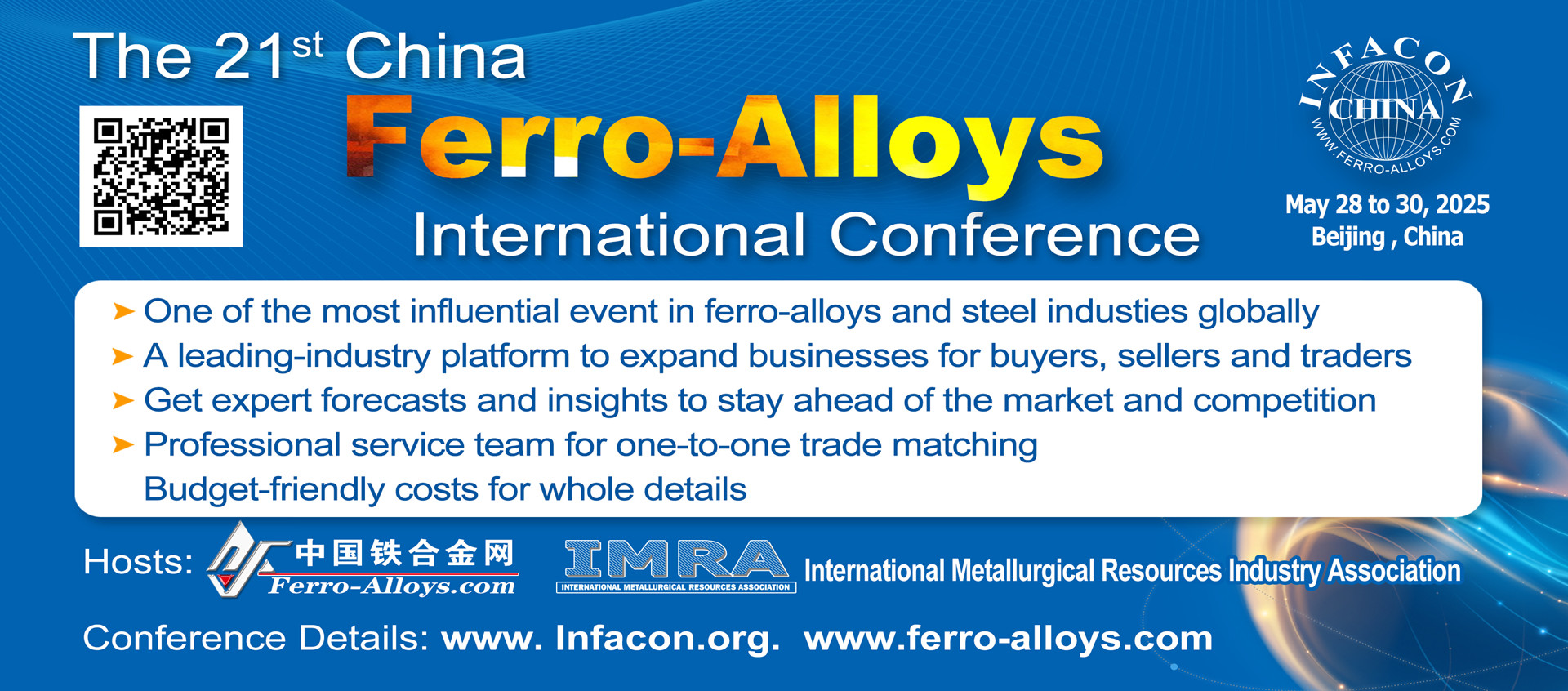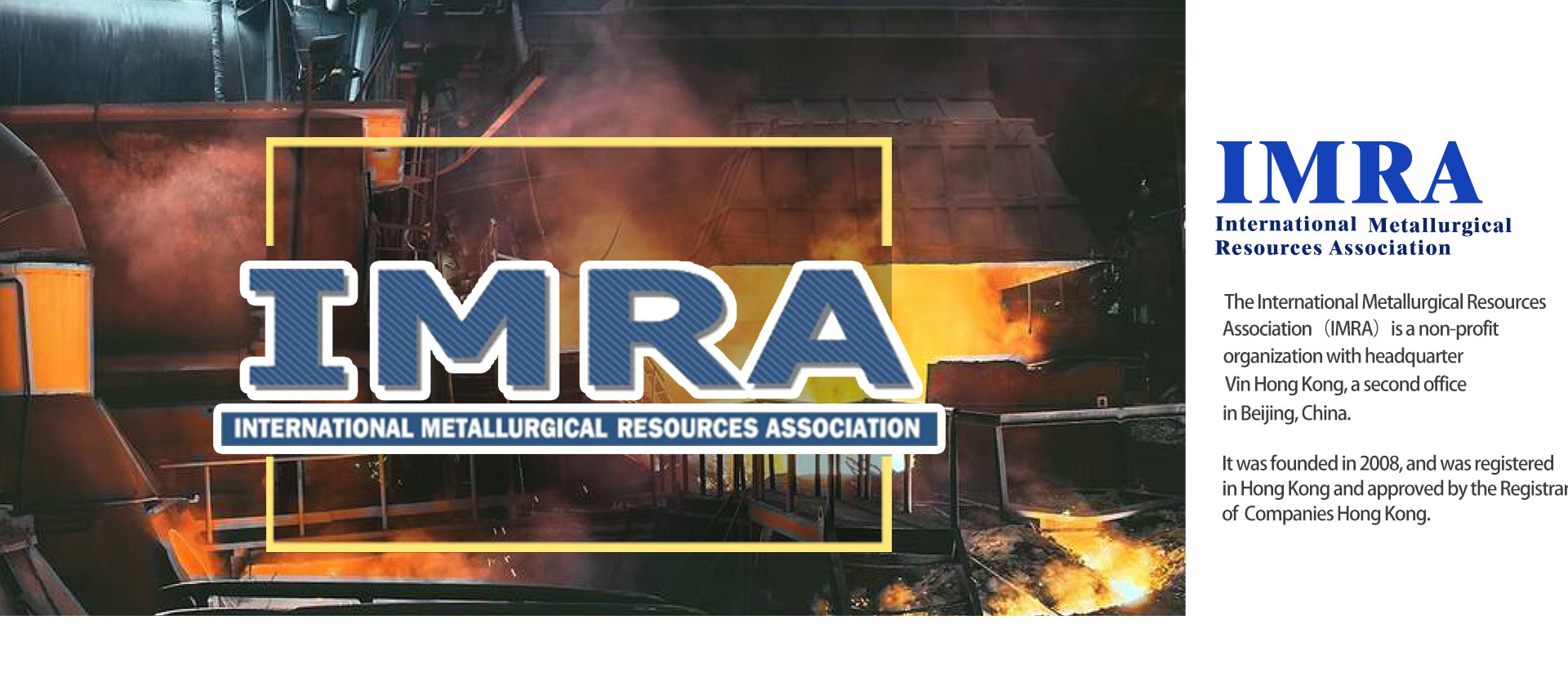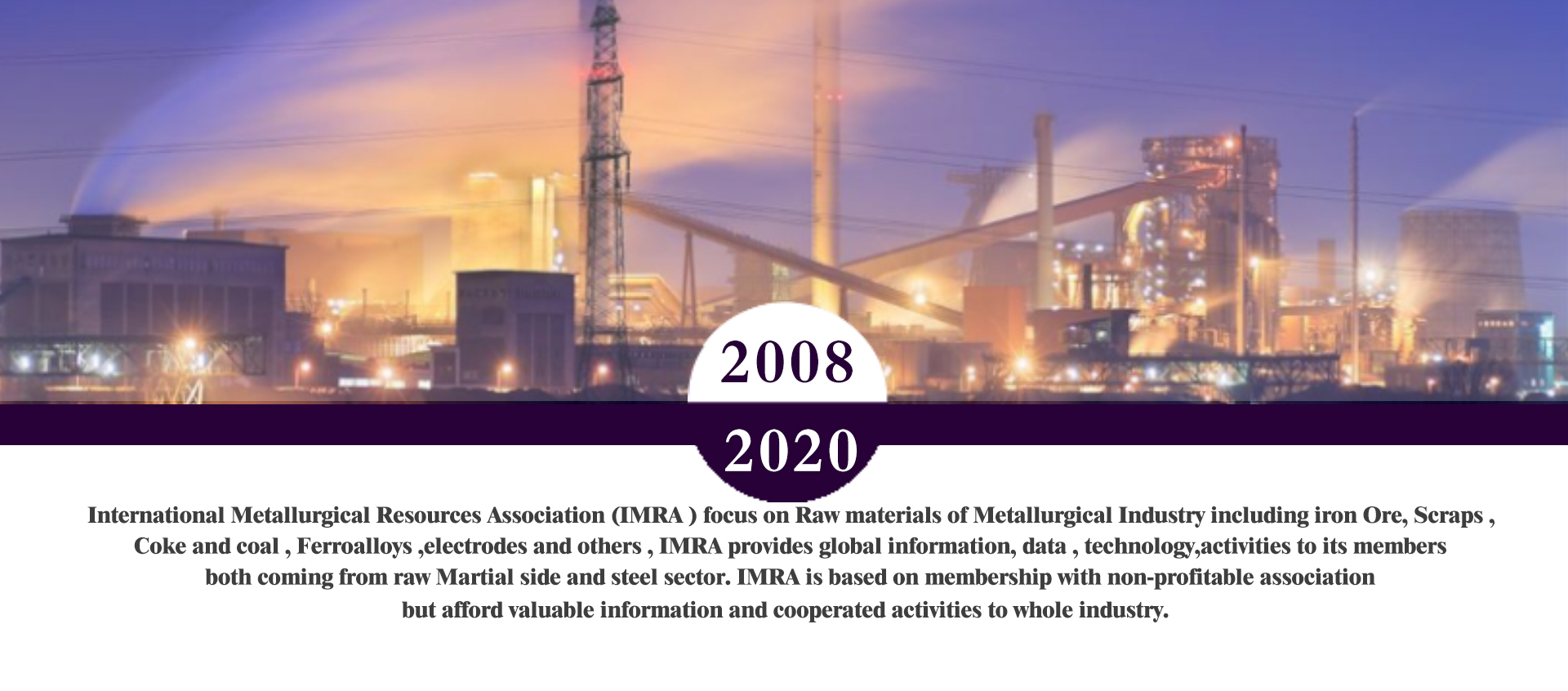China’s greener steel and its impact on iron ore
Over the past decade China’s steel industry including both steel production and raw materials supply has evolved to a degree no one back in 2009 – the year when iron ore pricing arrangements fell apart – would have believed possible. This was evident from comments made by delegates attending the 18th China International Steel & Raw materials Conference 2018 in late September in Dalian, Northeast China’s Liaoning province, also known as the annual iron ore event by the China Iron & Steel Association (CISA).
Among the obvious changes has been the reshuffling of market participants, mainly within the trading community. The crowd most days in the Dalian Shangri-La Hotel lobby during last month’s conference was once again as large and as voluble as in 2007 when the industry was in a boom, with traders, miners, and steel mill officials all busy mingling and rushing between back-to-back meetings. But this year, there were signs of a generational change. “Many old faces and companies from the old days are gone while new companies have emerged,” a Singapore-based iron ore trader observed to Mysteel on the sidelines of the welcome dinner on September 19.
Oil companies such as Mercuria and Gunvor have extended their trading activities to iron ore over the past decade while names such as Noble and Cargill are no longer basking in the glory they enjoyed ten years ago.
The conference proceedings at this year’s Dalian event had undergone a complete revamp too, with China’s core commodity exchange – Dalian Commodity Exchange heavily promoting its iron ore futures international trading and the eagerness of the Beijing Iron Ore Trading Centre Corp (COREX), China’s only iron ore e-trading platform to encourage iron ore miners to sell their ore via e-auctions in the spot market. Both organizations had begun offering iron ore-related services around 2012-2013.
At the CISA event too, all the four major iron ore index providers – Mysteel, Platts, Metal Bulletin (or Fastmarkets MB since October 1), and Argus – took turns on the stage to introduce their indices, each one a part of a general campaign aimed at persuading iron ore market participants to embrace indices
in their iron ore trading activities, whether for long-term arrangements or spot deals.
The indices on offer also sit comfortably with CISA’s proposal for the iron ore market to adopt a basket of iron ore pricing indices, a plan that seems feasible, according to Liu Zhenjiang, CISA’s secretary general. “Many pricing reporting agencies and websites in China and outside have launched many iron ore pricing indices with different methodologies, and surely a basket of various indices will be fairer than a single index (to better represent the iron ore market),” he told delegates.
Over the past decade the most dramatic changes, however, have occurred with the world’s top four iron ore miners – BHP, Vale, Rio Tin o and Fortescue Metal Group – as each has been keen to share their business strategies. Yet the common theme for each has been to explore every possible means to better serve their customers in China, as all are aware of the country’s growing appetite for supplies of ore with higher ferrous content and lower impurities rather than greater volume. China is the world’s largest consumer of iron ore, its mills gobbling around 70% of the world’s total seaborne iron ore trade in 2017.
This December for example, Fortescue Metals is committed to delivering its first West Pilbara Fines promising 60.1% ferrous content, far higher than its prevalent 57-59% grade products, while BHP has pledged to increase its output of lump ore to 100 million tonnes/year in the future from today’s 70 million t/y.
Roy Hill, a late comer to the iron ore mining fraternity in Western Australia, has also declared it is not eyeing any substantial expansion to capacity, but rather, is increasing its existing capacity to 60 million tonnes/year from the present 55 million t/y via higher recovery rates so as to stay competitive and relevant in the industry.
China’s greener steel drive triggers transition in iron ore
All the changes in the world’s largest iron ore consumption country are attributed to Beijing’s resolve in dealing with industries burdened with excessive capacity, with steel being a primary target both for its oversupply of finished products and the heavy pollution generated producing them. When the government of Chinese premier Xi Jinping came to office in 2013, a major part of the economic development remodeling he espoused was for the country to achieve slower but sustainable growth from the high GDP increases in the past few decades, with a parallel crackdown on pollution which Beijing considers definitely out of tune with sustainability.
At last month’s Dalian conference, speakers from both inside China and outside including CISA, the Metallurgical Mines’ Association of China, and leading steel mills such as HBIS, Baoshan Iron & Steel, and even ArcelorMittal, all acknowledged the remarkable changes that have occurred in China’s steel industry, especially the substantial capacity removal since 2016 and the battle against pollution over the past two years.
China axed 150 million t/y of steelmaking capacity over 2016-2018, and eliminated all induction furnace capacity nationwide – estimated at 120-140 million t/y – as the role of the latter had always been murky, with most IF mills being located in remote areas of the country and beyond scrutiny.
Then in the winter of 2017, the central government took the initiative of mandating restrictions to the operations of those enterprises and industries seen as being core contributors to the atmospheric pollution which envelops many urban centers in winter, especially in northern China.
In a move unprecedented in scope, the operations of coke ovens, sintering plants, shaft furnaces and blast furnaces in the “2+26” cities circling the Beijing-Tianjin-Hebei area were placed under blanket control during the period spanning November 15, 2017 through March 15, 2018. Authorities at all levels of government – central, provincial and local – worked to ensure that the operational capacities of these facilities were cut by 30-50% over the six months.
“It is worth all the efforts, though initially we had thought it would be just all talk and no action,” admitted a Beijing-based iron ore trader to Mysteel in a January day, pointing at the bright and blue sky then.
For the coming winter, the restrictions being placed on steel sector operations have been finetuned to directly target at PM2.5 particulate matter emissions and are aimed at reducing the number of days officially regarded as “heavy-polluted” during the period of October 1-March 31, 2019. The tweaking of the campaign has given all the local authorities in the 2+26 cities more room to work out their individual measures, rather than having to introduce (and then verify) blanket controls, with the bottom line being fulfilling the high-priority tasks.
Interestingly, few in China interpret this as a potential loosening of control and see it as “the end justifying the means”. They note Beijing’s upgrading of the former Ministry of Environment Protection in o the Ministry of Ecology and Environment in early 2018 and recognise it as a clear signal that China is not
only seeking a short-term improvement but long-term ecological protection amid economic development.
Moreover, in parallel with the continuing winter restrictions on polluting enterprises including steel, Beijing has also launched a three-year “Blue Sky Safeguard” plan running until 2020 which spells out specific targets on air quality improvement in the next couple of years.
The future of iron ore in China’s growing eco-consciousness
Chinese market sources are confident that the world’s top iron ore miners, without any doubt, will be more attentive to China’s change of appetite for iron ore – certainly regarding the ferrous content and impurities, and even pricing schemes – with Beijing’s ever-growing emphasis on environmental protection for the country’s steel industry. They will also be mindful of the persisting oversupply in the global iron ore market since 2015 when China’s steel production hit its peak and acknowledge that Chinese crude steel production will probably hover around 800 million tonnes over the next three-five years.
Amid the changes, the immediate obvious impact will be the strengthening in the pricing power in raw materials of the Chinese steel mills, as the global iron ore market is turning in o a buyers’ market from a seller’s – even though some Chinese consumers are just coming to terms with how influential they can be in pricing negotiations.
“For the top iron ore miners, other than China there is no second giant market to absorb the over 1 billion tonnes of iron ore annually – certainly not in the near term – so the situation is either win-win or lose-lose, and I feel that all the key suppliers have long realized this,” a Chinese iron ore trader commented.
This could mean that a greater variety of ore pricing mechanisms will evolve, with the Chinese steel mills and traders continuing to explore the best pricing settlement schemes with their core suppliers to meet their individual needs, other than quarterly or monthly pricing. Indeed, the Chinese buyers have already been testing index-pricing, and brand pricing, while taking on iron ore derivatives for hedging.
As for iron ore miners, they have been increasing the portion of spot business in total sales – denominated either in US dollar or in Chinese Yuan – to serve a larger group of Chinese steel mills of differing sizes and raw materials’ needs. Vale disclosed earlier this year it planned to increase the blending volume of its iron ore for China to 100 million tonnes for 2018 from last year’s 66 million tonnes and is selling the quantity in the duo currencies in China.
Secondly, the iron ore market with be more financialized in the years to come, with the China Securities Regulatory Commission’s gradual relaxation of rules regarding the trading of ferrous commodity derivatives. The commission gave its nod to the launch of futures trading in steel products in 2009 and gave its approval for the introduction of iron ore futures in 2013. Oil futures were only approved on March 26 this year while the international trading of the Dalian Commodity Exchange’s iron ore contract was allowed from May 4 2018.
DCE disclosed on September 21 at the CISA event that it has been working on iron ore options too, which coincided with Shanghai Futures Exchange’s formal launch of its copper options the same day.
All these will help upgrade China’s ferrous industry, according to Rod Dukino, general manager iron ore sales of BHP. “With its (China’s) stricter emission requirements, it will be able to comply with international emission standards by 2020…The country’s steel industry is getting bigger, coastal, and cleaner,” Dukino told his audience in Dalian, sharing his clear vision for China’s steel industry in the next five years.
Thirdly, within the next few years the global iron ore miners will be meeting fewer Chinese steel mills for pricing negotiations as China is embarking on another push for steel industry consolidation. Indeed, the first major merger may already be in train, with reports suggesting China Baowu Steel Group, China’s top mill and the world’s second largest steelmaker after ArcelorMittal, is in talks with Ma’anshan Iron & Steel in central China’s Anhui province about joining forces.
If the discussions prove successful, the integration of Ma’anshan would add another 20 million t/y steel capacity to the Baosteel-Wisco family, as well as contribute to Beijing’s goal of having China’s top 10 mills account for 60% the country’s steel output by 2020.
By 2020, it could well be that the world’s top four or five iron ore miners will be selling iron ore to perhaps 10-20 steel giant producers in China. How the iron ore market behaves under the force of this new dynamic will be interesting to observe.
Source: Mysteel



